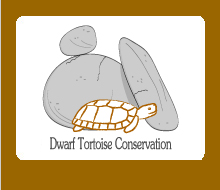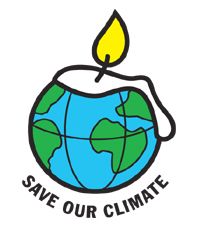
 |
|
History In 1995, the Studbook Breeding Programme Homopus was started to coordinate studbooks (captive breeding projects) on tortoises of the genus Homopus. This programme was supervised by the European overall studbook foundation "Stichting Overkoepelend Orgaan Stamboeken", now known as European Studbook Foundation (ESF). |
|
|
In the course of time, the number of activities not directly related to studbook keeping, such as conducting scientific work within the captive populations and in the wild, increased. Therefore, it was decided to condense all activities in a new, broader organisation, named the Homopus Research Foundation. This organisation was founded in 2001. Following a taxonomic revision of the genus Homopus, which split the genus in the genera Chersobius and Homopus, the name of the Homopus Research Foundation was changed in Dwarf Tortoise Conservation in 2018. |
 |
|
Aim Dwarf Tortoise Conservation aims to gather and distribute information on Chersobius and Homopus, in the benefit (directly or indirectly) of the long-term survival of the species in the wild. This aim is realised by setting up captive studbook populations and studying these, and by studying Chersobius and Homopus species in their natural habitats. More information about Dwarf Tortoise Conservation and its activities can be found here. Collaborations Dwarf Tortoise Conservation collaborates closely with the University of the Western Cape, the Northern Cape Department of Environment and Nature Conservation, CapeNature, and the European Studbook Foundation. Furthermore, on an ad hoc basis the foundation collaborates with and has links to several other universities and institutions. Dwarf Tortoise Conservation and the environment One threat to wild Chersobius and Homopus species is climate change. The increasing emission of CO2 and other gasses fuel global warming, with potentially disastrous climatic changes (most notably droughts) in the southern African region as a result. In turn, this will affect habitats and biodiversity. Contributions to the slowing down of this process should therefore be considered contributions to the survival of Chersobius and Homopus species in the wild. Most countries have agreed to reduce their CO2 emissions. |
|
|
Managing captive Chersobius and Homopus populations in northern Europe requires a tremendous amount of energy, in order to imitate the warm southern African climate. Usually this energy is generated by burning fossil fuels, generating CO2 emission. However, an increasing number of tortoise keepers has the opportunity to purchase "green energy" (e.g., wind energy, solar energy, etc.), not contributing to global warming. Dwarf Tortoise Conservation recommends to its studbook participants to use green energy. In order to conduct research in the natural habitat of Chersobius and Homopus species, airplanes are used to get there. Airplanes are an important contributor to climate change. Therefore, all fieldwork participants are requested to counterbalance their CO2 emissions for flights by participating in compensation schedules. The bank account of Dwarf Tortoise Conservation is based at a bank that does not make profit at the expense of the world's most pressing environmental problems, such as the emission of CO2 and global warming. You can find more information here. |
 |
|
Top |
|